Phone
832-979-3573
Battlefields are places where history was made, where the destinies of nations were forged, and where acts of courage, sacrifice, and strategy unfolded. These hallowed grounds, often marked by monuments and memorials, are silent witnesses to the battles that have shaped the course of history. Visiting battlefields is a journey into the past, where you can walk in the footsteps of soldiers, learn about the pivotal events that took place, and reflect on the profound impact these battles had on the world. Whether you’re exploring the rolling hills of Gettysburg, the windswept plains of Culloden, or the historic fields of Waterloo, battlefields offer a powerful connection to the past and an opportunity to honor the memory of those who fought there.
Battlefields are more than just sites of conflict; they are places of remembrance, reflection, and learning. They remind us of the complexities of history, the human cost of war, and the importance of preserving peace. Let’s explore the significance and allure of these historic sites that continue to captivate and educate visitors from around the world.
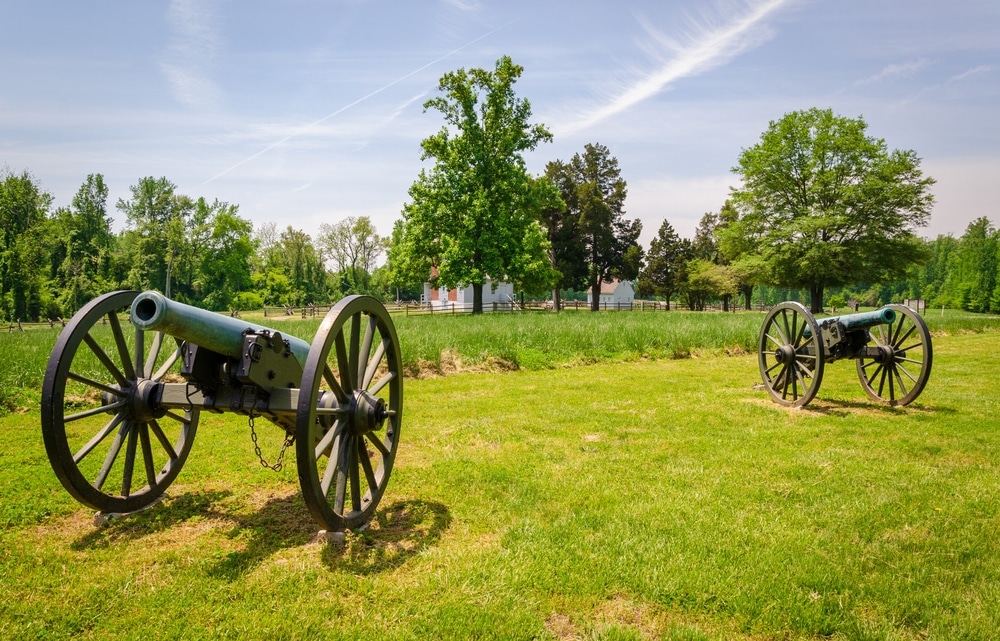
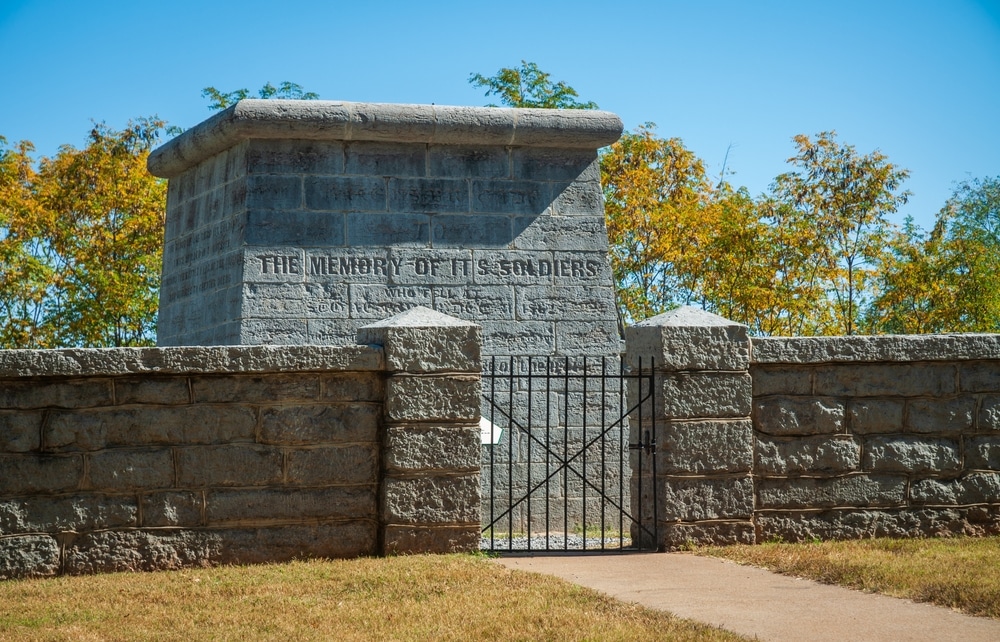
Battlefields hold a special place in history because they were the settings for some of the most important and decisive events in the annals of humanity. These sites often marked the turning points in wars, where the outcome of a single battle could change the course of history. From ancient times to the modern era, battlefields have been the scenes of epic struggles between nations, empires, and ideologies, each leaving its mark on the world.
Each battlefield has its own unique story, shaped by the events that took place there and the people who fought. Some battlefields are famous for their strategic importance, like the fields of Agincourt or the beaches of Normandy, while others are remembered for the sheer scale of the conflict, like the Battle of Stalingrad. These sites provide invaluable insights into military history, tactics, and the broader political and social contexts that led to war. Visiting a battlefield allows you to gain a deeper understanding of these events, to see the terrain that shaped the battle, and to connect with the history in a tangible way.
Battlefields are often marked by memorials and monuments that honor the soldiers who fought and died there. These monuments serve as powerful reminders of the human cost of war, commemorating the bravery, sacrifice, and resilience of those who took part in the battle. Whether it’s a simple stone marker, a towering obelisk, or a grand memorial park, these monuments provide a space for reflection and remembrance.
Each memorial tells a story, often inscribed with the names of those who fought or the details of the battle. These sites are places where families, historians, and visitors come to pay their respects, to remember the fallen, and to reflect on the lessons of history. The solemn atmosphere of a battlefield memorial encourages quiet contemplation and a deeper appreciation for the sacrifices made in the pursuit of freedom, justice, or national survival. Visiting these memorials is not only an opportunity to learn about history but also to honor the memory of those who gave their lives in service to their country.
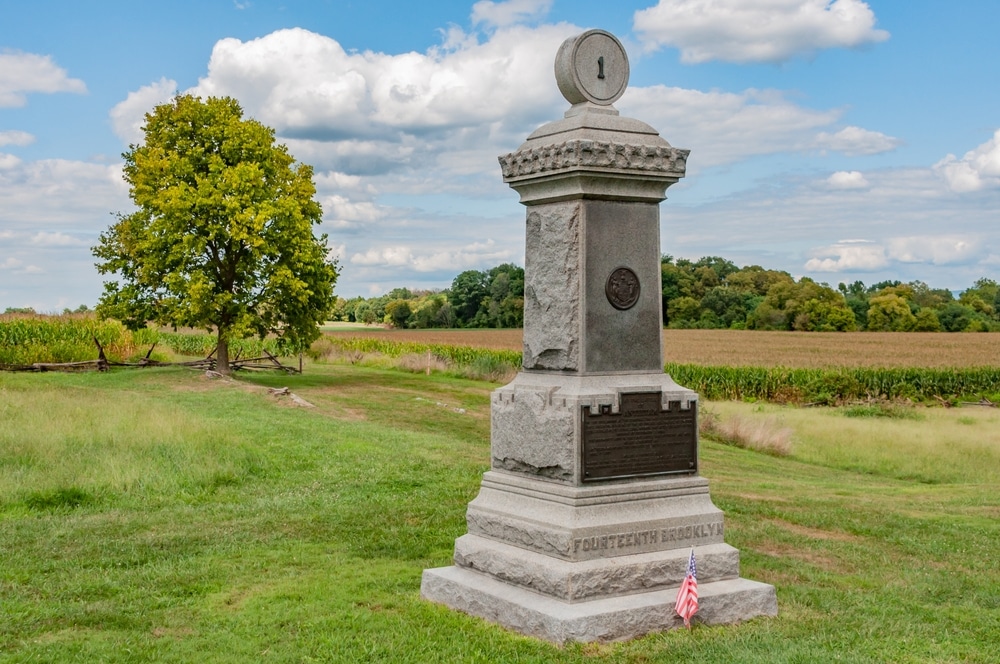
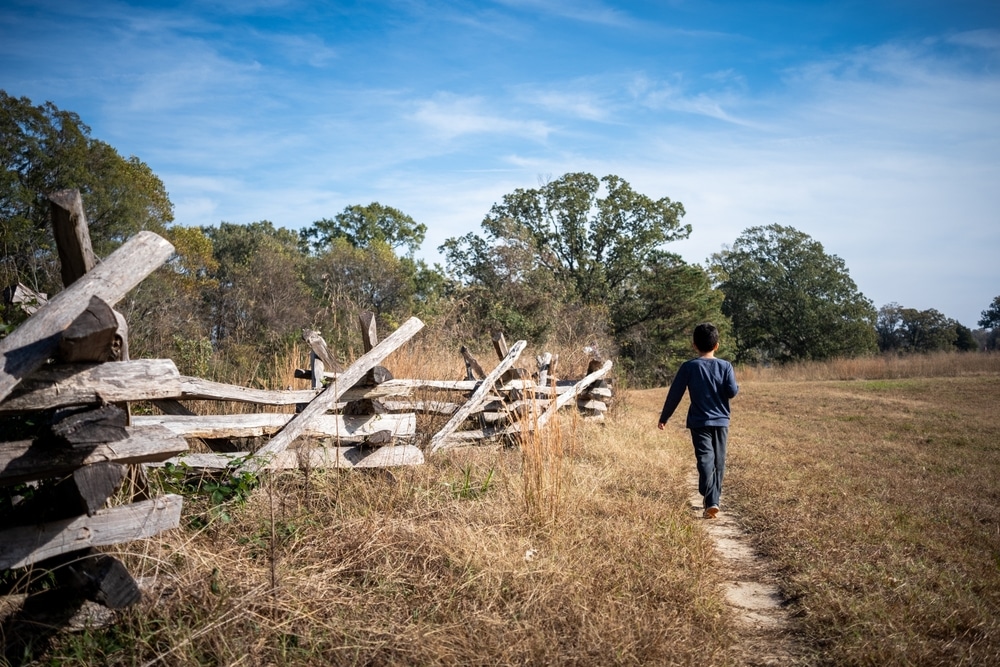
Battlefields are rich with educational opportunities, offering insights into military history, strategy, and the broader implications of war. Many battlefields have been preserved as national parks or heritage sites, with visitor centers, museums, and guided tours that provide detailed information about the battle, the soldiers who fought, and the historical context. These resources help visitors to better understand the significance of the battle and the impact it had on the course of history.
Guided tours, often led by knowledgeable historians or park rangers, bring the battlefield to life, explaining the strategies used, the challenges faced, and the experiences of the soldiers on both sides. Many battlefields also offer reenactments, where visitors can watch as history is brought to life through the recreation of key moments from the battle. These educational experiences provide a deeper understanding of the complexities of war and the human experiences that lie at the heart of these historic events.
Visiting a battlefield is a deeply personal experience, where history feels close and immediate. As you walk across the fields, hills, or beaches where soldiers once fought, you can imagine the sights, sounds, and emotions of the battle. The landscape itself often plays a key role in understanding the battle, with hills, rivers, and forests providing natural advantages or challenges for the armies involved. This connection with the physical environment of the battle offers a unique perspective on the events that took place.
For many visitors, especially those with a personal or familial connection to the battle, visiting a battlefield is an emotional journey. It’s an opportunity to connect with the past, to honor the memory of ancestors who fought there, and to reflect on the broader impact of the battle on their own lives and the world today. Battlefields are places of both education and emotion, where history is not just learned but felt.
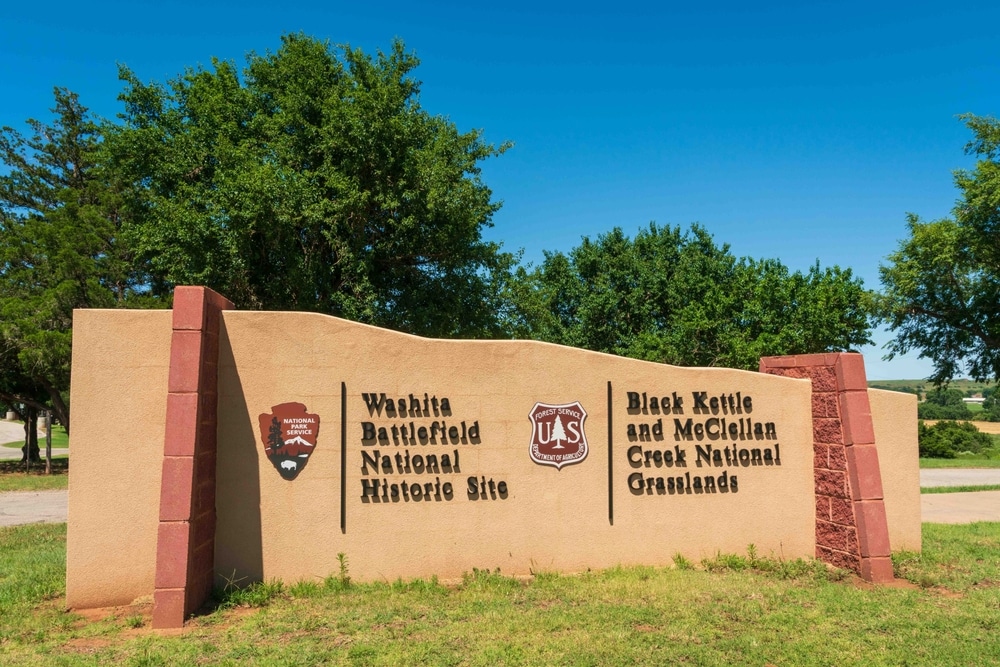
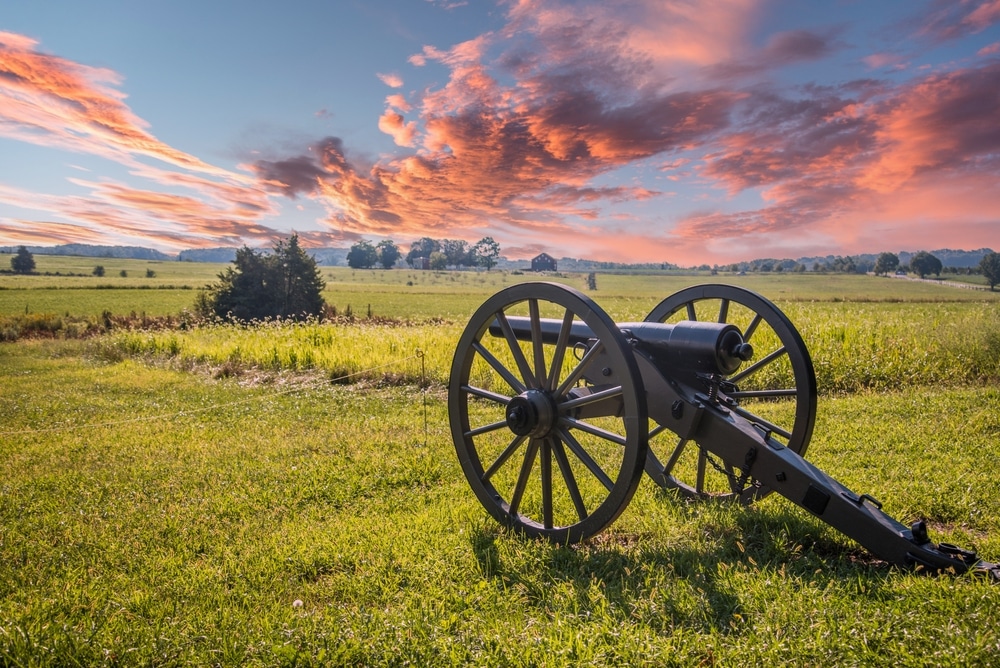
Battlefields are powerful reminders of the struggles and sacrifices that have shaped the world we live in today. They are places where history comes alive, where we can learn from the past, and where we can honor the memory of those who fought and died in battle. Whether you’re a history enthusiast, a student of military strategy, or simply someone who values the importance of remembrance, visiting a battlefield offers a unique and meaningful experience.
In a world that continues to grapple with conflict, battlefields serve as important reminders of the cost of war and the value of peace. They encourage us to reflect on the lessons of history, to appreciate the freedoms we enjoy today, and to commit ourselves to building a more just and peaceful world. So, whether you’re planning a visit to a famous battlefield or exploring a lesser-known site, let the echoes of history guide you on a journey of discovery, reflection, and remembrance.